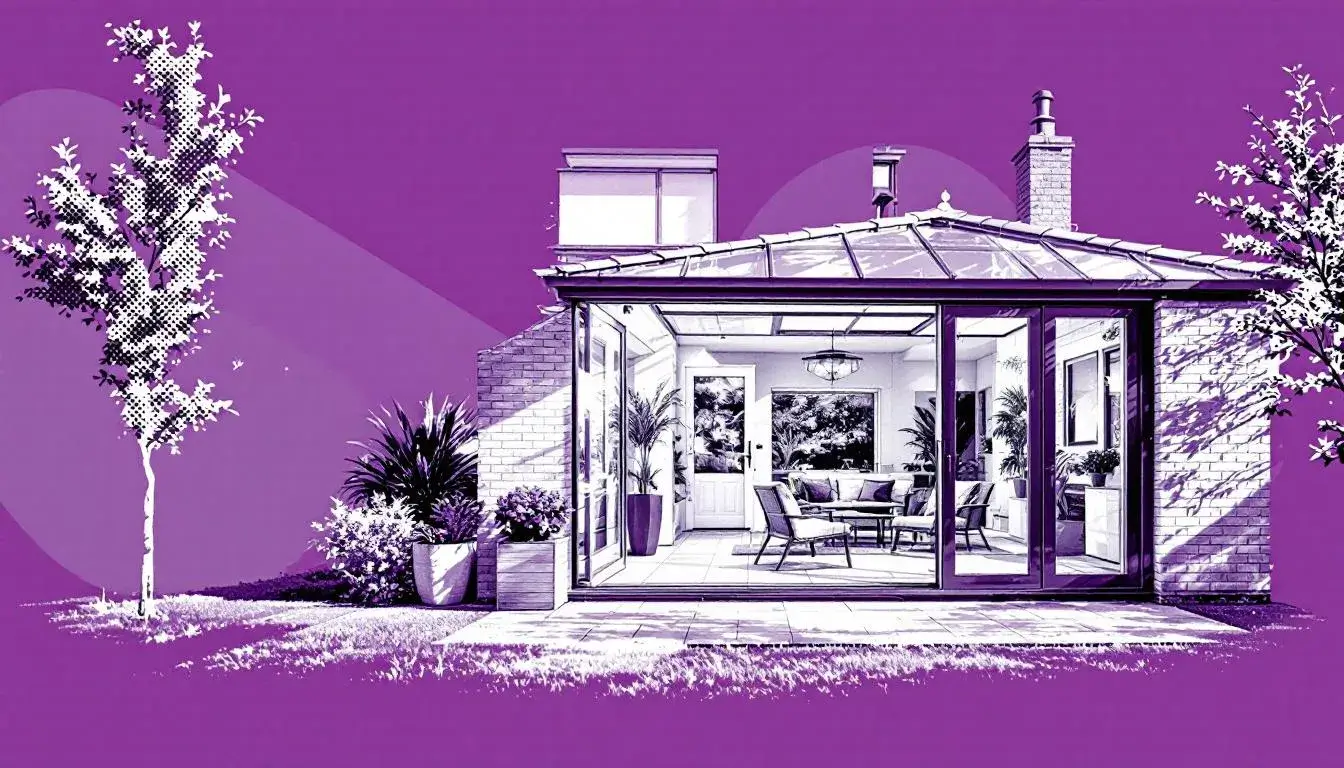
Finance for Golf Simulators

Why indoor golf financing is booming
The UK golf simulator market has shifted from novelty to necessity for many venues. Market value reached roughly £70.5 million in 2025 and is projected to exceed £220 million by 2033 as technology improves and year-round play becomes standard. Forecasts for the indoor segment point to around £235 million by 2030, supported by a steady 10 percent annual growth rate. This is not just hype. Participation data shows more rounds played across the UK, with early 2025 activity up markedly on the previous year. The result is a broad base of demand that extends beyond golfers who are already committed to the game.
Commercial venues are leading adopters. Golf academies, training centres, and hospitality sites are building simulator bays because they solve two problems at once: consistent utilisation despite the weather and higher in-venue spend. Facilities that integrate food and beverage with simulator time report material uplift, often attributed to the experience-first model that keeps groups on site longer. Typical investment for a commercial-grade bay sits near £45,000, and many operators view this as financially positive once secondary revenue and occupancy are considered.
Portable systems are growing fastest, reflecting flexible event-led and pop-up use cases, while indoor installations remain the dominant format thanks to reliability and predictable revenue. The UK also leads within Europe on installations and value, which draws more content, software, and training ecosystems to this market. Choosing compatible launch monitors is pivotal because it determines courses, data, and coaching features. In short, financing a simulator today is about financing a complete experience that can be tuned to your audience and priced for return.
Understanding APR is not just about percentages - it is about how the monthly cost maps to realistic usage and secondary spend.
The operators winning early focus on utilisation, ancillary sales, and a clear funding structure.
Who benefits most
If you run a golf academy, a multi-sport leisure venue, or a pub-hotel with function space, simulators can extend hours, smooth seasonality, and introduce new revenue lines. Municipal and member clubs use them to protect winter income and underpin coaching programmes. Corporate event organisers and entertainment venues use portable units to test demand before committing to permanent build-outs. Home users with limited outdoor options also seek finance to spread costs while accessing tour-level data and software experiences.
Ways to fund your simulator
Asset finance - spread equipment cost with the simulator as collateral.
Hire purchase - fixed term with ownership at the end of the agreement.
Finance lease - lower upfront cost, with options to upgrade near term.
Unsecured business loan - for fit-out, marketing, or multi-bay expansions.
Merchant cash advance - repay from card takings during peak months.
Blended solution - combine asset finance for hardware with loans for works.
Costs, gains and what could go wrong
| Aspect | Typical figures | Financial impact | Key risks |
|---|---|---|---|
| Upfront equipment | Around £45,000 for a commercial-grade bay including enclosure, impact screen, projector, launch monitor, turf, and PC | Sets the capital base for repayments and depreciation; may be financed to preserve cash | Over-specifying features that your audience will not use can dilute ROI |
| Build and fit-out | £5,000 to £20,000 depending on space, soundproofing, and electricals | Drives experience quality and booking price tolerance | Under-investing in acoustics or lighting can reduce dwell time and reviews |
| Revenue drivers | Session fees £25 to £60 per hour; coaching, memberships, events; F&B uplift of up to 73 percent in integrated venues | Multiple income streams improve break-even speed and resilience | Overreliance on peak hours reduces utilisation and cash flow stability |
| Operating costs | Software licences £600 to £2,000 per year; maintenance and calibration; staff time | Predictable costs enable accurate margin planning | Lapsed software or poor calibration undermines repeat bookings |
| Market backdrop | UK market c. £70.5m in 2025 with double-digit CAGR; indoor and portable segments expanding | Strong demand supports pricing power and occupancy | Local competition and seasonality can compress margins if not planned |
Can you qualify?
Lenders assess affordability first, then asset quality. For new or growing venues, a simple plan that proves expected utilisation, pricing, and secondary spend goes further than glossy forecasts. Evidence of pre-bookings, partnerships with coaches, or a pipeline of corporate events strengthens the case. The asset itself is important too. A recognised launch monitor with software compatibility widens the customer base and preserves resale value if you upgrade later. Fit-out quotes, insurance, and planning considerations should be in place so funds can be drawn down smoothly.
For established businesses, recent accounts, bank statements, and VAT returns typically underpin decisions. Start-ups may be asked for director guarantees or a modest deposit. Credit profiles still matter, but strong demand signals and clear exit options can balance risk. Kandoo is a UK-based retail finance broker that can match you with lenders for asset finance, hire purchase, or blended solutions, helping you compare terms and structure repayments around realistic trading patterns.
From enquiry to installation
Define audience, pricing, and expected utilisation model.
Shortlist hardware and confirm launch monitor compatibility.
Obtain fit-out quotes and room specifications.
Share numbers with a broker to structure finance.
Submit application with statements and ID documents.
Sign agreements and schedule delivery and install.
Calibrate, test, and launch with a booking offer.
Weighing it up
| Pros | Cons |
|---|---|
| Year-round revenue and weather resilience | Significant upfront spend and fit-out needs |
| Multiple income streams including F&B uplift | Requires marketing to maintain utilisation |
| Coaching and data attract serious golfers | Software and hardware require ongoing updates |
| Flexible models with portable systems | Space, noise, and planning constraints on site |
Before you sign
Stress test the plan against off-peak realities. A single bay can look full on Friday evenings yet sit idle on weekday mornings. Your finance should fit the slowest weeks, not the busiest weekends. Model session pricing, utilisation, and F&B per head to a conservative baseline, then confirm that repayments, licences, and staff still leave a margin. Check that the launch monitor integrates with courses and data your audience expects, and that you can upgrade as demand grows. Finally, lock in a marketing rhythm across leagues, lessons, and events to keep the calendar full.
Alternatives to consider
Start with a portable simulator to validate local demand.
Partner with a coach on a revenue-share before full fit-out.
Lease space within a leisure venue to reduce build costs.
Add a second bay only once utilisation proves consistent.
FAQs
Q: How much should I budget beyond the simulator hardware? A: Allow for fit-out, insurance, signage, and software updates. £5,000 to £20,000 for room preparation is common, plus annual licences.
Q: What utilisation do I need to break even? A: It varies by pricing and overheads. Many operators model 25 to 35 booked hours per week per bay at sustainable rates to cover repayments and costs.
Q: Which matters more, projector quality or launch monitor? A: The launch monitor drives accuracy, courses, and coaching features, which influence repeat bookings. Visuals matter, but data quality converts regulars.
Q: Is seasonality still a problem indoors? A: Less so. Indoor bays smooth winter demand and create summer practice options. Programming leagues and events keeps weekday occupancy healthy.
Q: Can start-ups access finance without long trading history? A: Yes, but expect stronger personal guarantees or deposits. A clear plan, pre-sales, and partnerships improve approval odds.
Q: What repayment terms are typical? A: Asset finance and hire purchase often run 2 to 5 years, with fixed monthly payments that align to predictable cash flow.
What to do now
If a simulator can unlock year-round revenue, get comparable quotes and map a conservative utilisation plan. Share the numbers with Kandoo and we will match you to suitable UK lenders, structure terms around your trading pattern, and help you move from idea to installation with confidence.
Small print
Finance is subject to status, affordability checks, and lender criteria. Figures here are illustrative and not advice. Costs, rates, and approvals vary by applicant, asset specification, and market conditions. Always seek independent tax or legal guidance.
Buy now, pay monthly
Buy now, pay monthly
Some of our incredible partners
Our partners have consistently achieved outstanding results. The numbers speak volumes. Be one of them!


SUPERIOR WRAPS NW LTD

Impact Services










